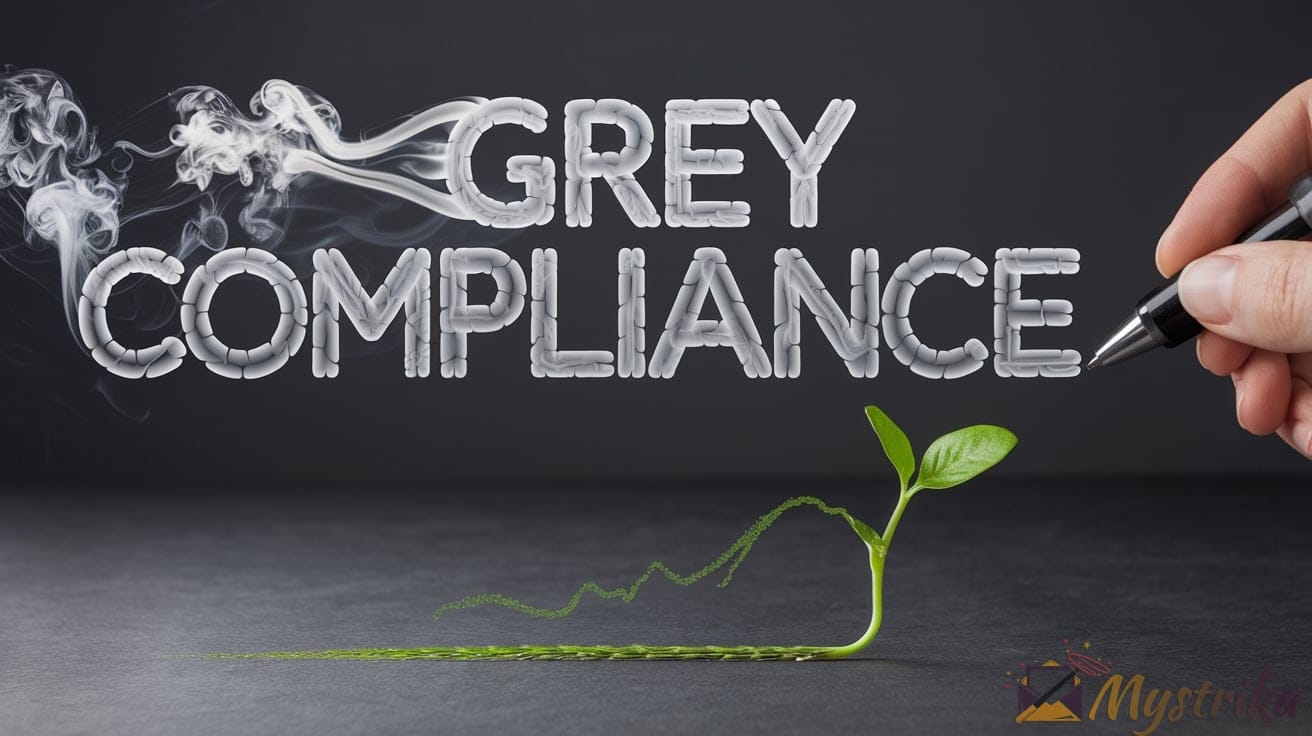Is your email marketing program playing fast and loose with complex laws against spam? Do terms like “grey compliance” and “implied consent” leave you dazed and confused?
This comprehensive guide breaks down exactly how to avoid grey areas and build an email list and send campaigns legally across global regulations. Set yourself up for delivery success – not lawsuits or blacklists.
What is Grey Compliance Spam?
Grey compliance spam refers to bulk email messages that are solicited and come from legitimate sources, but may not be highly valued by all recipients. Unlike regular spam, which is completely unsolicited, grey compliance spam is sent to email addresses that users have potentially “opted into” in some way.
Definition and Examples
Grey compliance spam is a form of bulk email that:
- Is solicited in some way, meaning recipients opted in or consented to receive messages.
- Comes from a valid, legitimate source, not a fake or spoofed address.
- Has varying value to different recipients depending on their interests.
Some common examples of grey compliance spam include:
- Newsletters: Periodic newsletters or announcements from companies, organizations, or commercial sources the recipient signed up to receive. These are solicited, but some content may not interest all subscribers.
- Affiliate Emails: Messages sent as a result of signing up for one service, but also subscribing the user to receive content from related third-party affiliates. The user may not have realized they were opting into multiple sources.
- Ecommerce Confirmations: Follow up emails from retailers related to purchases, shipping confirmations, or providing other transactional notices. Users consented to communications as part of the purchase, but ongoing emails may provide diminishing value.
- Auto-checked Opt-Ins: Checkboxes that are pre-checked or defaulted to subscribe users to email lists during purchases, downloads, registrations. This practice is now illegal in many regions, but was common in the past.
So in summary, grey compliance spam is solicited in some sense based on the user’s actions, but provides inconsistent value depending on the recipient’s interests and preferences.
How It Differs from Regular Spam
There are a few key differences between grey compliance spam and regular spam:
- Solicited vs Unsolicited: Grey compliance email has been solicited in some way, while regular spam is completely unsolicited.
- Legitimate Source: Grey compliance mail comes from a valid sender, while regular spam typically uses fake or spoofed email addresses.
- Varying vs Zero Value: Grey compliance content has some value for some recipients, while regular spam is often wholly unwanted.
- Follows Some Regulations: Grey compliance senders adhere to email regulations around consent, compliance, and unsubscribes. Regular spammers ignore all laws.
So in summary, grey compliance has some user consent, a valid source, legal compliance, and useful content for some. True spam has none of those characteristics.
Why It Occurs and Common Sources
There are a few key reasons that organizations and businesses may send grey compliance spam rather than purely transactional or desired emails:
- User Acquisition Tactics – Aggressive lead generation practices often resort to auto-opt-in consents or email list purchases to build large recipient pools quickly. This results in lower quality, less engaged subscribers.
- Easy Access to Email Tools – The rise of easy bulk email software gives less reputable senders easy access to compliance-skirtingemail tools. This facilitates grey practices even among legitimate businesses.
- Complex Consent Management – Managing and documenting highly specific consent across many recipients is complex and difficult. As a result, overbroad consents are often relied upon.
- Limited Deliverability Resources – Proper email deliverability management is non-trivial. Lacking resources leads some senders to rely more on raw bulk volume regardless of quality.
Some of the most common sources of grey compliance spam include:
- Ecommerce Retailers – Ongoing promos and sales emails provide inconsistent value for purchasers.
- Physical Product Subscription Services – Complex rules around physical product promotions result in grey compliance issues.
- Affiliate/CPA Marketers – Aggressive user acquisition tactics incentivize low-quality email practices by some affiliate sources.
- Companies with Large Email Lists – Organizations with large legacy email lists often have compliance issues.
In summary, grey compliance spam arises from overly broad user consents, aggressive growth tactics, lack of resources, and complex compliance rules. Following best practices around soliciting engaged subscribers, managing consent properly, and maintaining ethical deliverability standards can help avoid grey compliance issues.
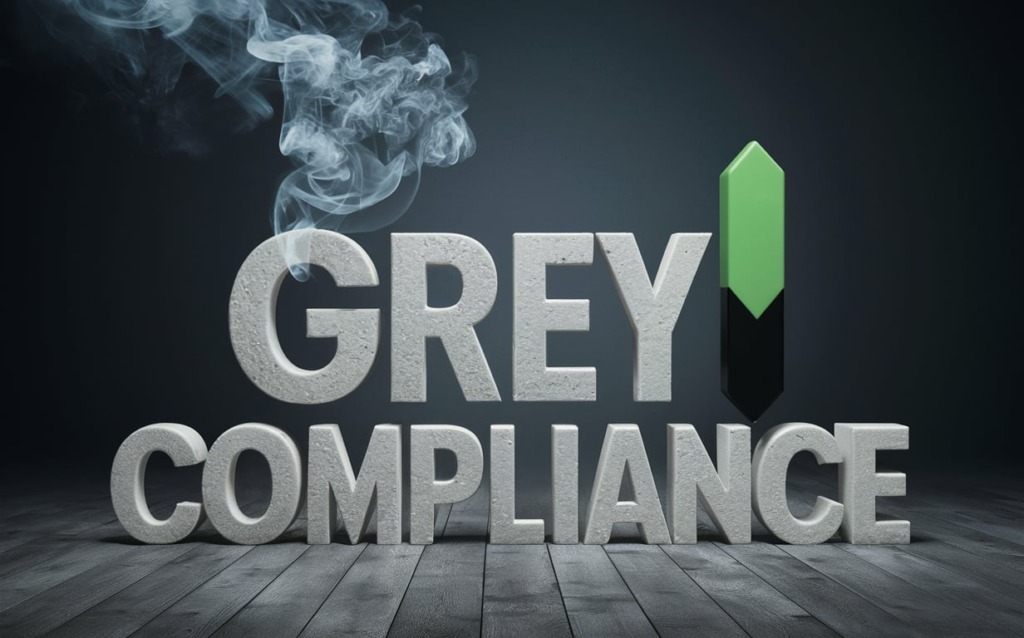
Is it Illegal to Add Someone to Your Mailing List?
Whether or not it’s illegal to add someone to a mailing list depends on your location and whether you have obtained the appropriate consent. Laws like the CAN-SPAM Act in the US and the GDPR in the EU dictate consent requirements that marketers must follow.
CAN-SPAM Act in the US
In the United States, the CAN-SPAM Act sets the rules for commercial email. Under this law, it is not strictly illegal to add someone to a mailing list without advanced consent. However, there are still important regulations to follow:
- You must include a visible and functional unsubscribe link in all messages. This allows recipients to opt out of future emails.
- You cannot send emails to addresses which have unsubscribed or opted out of your communications. Continuing to email someone who withdrew consent is illegal.
- You cannot use deceptive or misleading tactics to mask your identity or obscure the marketing nature of your messages.
So in summary, the CAN-SPAM Act does not expressly forbid adding users to a list without consent. But it does require that recipients can easily opt out at any time. Best practice under CAN-SPAM is still to only email those who have provided some form of permission whenever possible.
GDPR and Other Regulations in the EU
In the European Union, regulations are much stricter regarding mailing list sign-ups. Under the GDPR, it is illegal to add someone to a marketing mailing list without their explicit opt-in consent.
The GDPR considers mailing list signup to be personal data collection. As such, you must:
- Inform users about how their data will be used by providing a privacy notice. This must outline your marketing activities and all third parties involved.
- Obtain affirmative consent via an opt-in mechanism like a checkbox. Pre-checked boxes or opt-out mechanisms are not allowed. Consent requests must be separate from any other consent users give.
- Record proof of consent by keeping track of who consented, when, what they were shown, and how they opted in. Records must be easy to access in case of an audit.
- Allow users to withdraw consent. You must offer an easy way for users to opt out of your marketing communications. And you have a maximum of 30 days to honor opt-out requests fully.
Other regulations in countries like Canada and Australia have similar requirements around gathering direct consent from subscribers. It is illegal in most developed countries outside the US to add someone to a marketing list without opt-in consent.
When and How to Get Consent
To adhere to the strictest regulations, you should acquire consent in two potential ways:
Express sign-up. Provide an explicit opt-in for your marketing list, separate from any other option or consent on your site. Use a message like “Tick this box if you wish to subscribe to our newsletter.”
Implied consent. If you have an existing business relationship with a customer, you may market products and services relevant to their purchases. But you still need to provide an opt-out.
To obtain valid consent under the EU GDPR:
- Keep consent specific. Don’t ask for blanket consent to all marketing – list purposes clearly.
- Make sure consent is unambiguous. Don’t use confusing wording or unclear opt-in methods.
- Show that consent is optional. Don’t pressure or coerce users into opting in.
- Obtain consent via direct opt-in. No pre-checked boxes – use checkboxes or confirmations instead.
You should also record proof of consent by tracking who opted in, when, what they saw, and how. Tools like consent management platforms can assist with documenting consent properly.
Maintaining Compliance When Buying Email Lists
Purchased email lists present major compliance issues, as you do not have a direct relationship or consent from subscribers. However, there are still legal ways to obtain and use external lists:
- Scrub against past opt-outs – If you previously emailed anyone on the purchased list who has since unsubscribed from your communications, remove them from the list. Sending to past opt-outs violates the CAN-SPAM Act.
- Provide an opt-out – Include a clear opt-out mechanism in your very first message to new contacts, and honor any unsubscribe requests immediately. This allows recipients to withdraw consent to comply with CAN-SPAM.
- Get individual consent – Email the list introducing yourself, asking for permission to add them to your newsletter list, and giving an opt-in method. This allows you to obtain GDPR-compliant consent even with purchased lists.
- Stop emailing anyone who does not respond – If you do not receive a response granting consent, remove them from the mailing list and do not continue emailing.
So it is possible to legally email a purchased list, butextreme care must be taken to comply with regulations around consent. Even minor violations can cause major issues.
Consequences of Non-Compliance
If proper consent and compliance protocols are not followed, the penalties can be severe:
Fines and Legal Action
- CAN-SPAM Act – Up to $43,792 per violation, up to $3 million total in the US. Fines double for any subsequent offenses.
- GDPR – Fines up to €20 million or 4% of global revenue. Private lawsuits allowed under GDPR for individuals impacted.
- PECR – Fines up to £500,000 in the UK for violations of the Privacy and Electronic Communications Regulations.
- CASL – Fines up to $10 million in Canada under the Canadian Anti-Spam Legislation. Private lawsuits also permitted.
Regulators worldwide are willing to levy substantial fines for violations of consent requirements. Class action lawsuits are also increasingly common responses to non-compliance.
Loss of Deliverability and Blacklisting
If proper consent protocols are not followed, recipient complaints to ISPs can also lead to blacklisting at the domain, IP, and sending infrastructure level. This can severely impact email deliverability and lead to huge volumes of email going to spam.
Additional consequences include:
- Removal from email service provider platforms due to spam complaints.
- Loss of trust and reputation with recipients.
- Wasted marketing budget on emails that are filtered or blocked entirely.
Gaining compliance after the fact is challenging. Reputational damage and blacklist problems can persist for years. So it is critical that proper consent and compliance practices are adhered to from the start when building an email list.
In summary, without explicit opt-in consent where required, aggressively adding users to mailing lists carries legal liability. But following best practices around consent, compliance, and customer trust can help ensure your email marketing activities are ethical, permitted, and effective.
Steps for Legally Building Your Email List
Following a few core best practices can help ensure your email list growth and management complies with key regulations in the US, EU, and beyond.
Inform Users of Data Collection in Your Privacy Policy
The first step is ensuring you have a privacy policy that clearly discloses:
- What mailing list data you collect – typically just email addresses.
- How it will be used – to send marketing communications or newsletters.
- All third parties involved – such as email service providers, analytics services, etc.
- Users’ rights – including the right to opt out of communications.
- How requests to exercise rights can be made – via email, unsubscribe links, etc.
Your privacy policy should be conspicuously accessible on your website at all times. Best practice is to also link directly to it from your mailing list sign up forms as well.
Obtain Affirmative Opt-in Consent in the EU
For visitors from the EU, you must follow the stricter requirements of the GDPR by:
- Requiring visitors to take deliberate action to opt into your list, such as checking a box or clicking a confirmation button.
- Avoiding default settings that automatically add users without consent, like pre-checked boxes.
- Being specific about the types of emails users are consenting to receive. Avoid asking for blanket consent.
- Keeping careful records that document when, how, and what users consented to.
- Allowing withdrawal of consent as easily as it was given.
This example consent form from Amazon Web Services demonstrates GDPR-compliant opt-in consent:
!GDPR Email Consent Form Example
Key elements:
- Consent is separate from other options like account sign-up.
- Users must take a direct action to opt in.
- The types of communication are limited and specific.
- Detailed records are kept of consent.
Follow CAN-SPAM Guidelines in the US
For visitors from the United States, the CAN-SPAM act allows for implied consent in many cases. But to ensure compliance, you should still:
- Avoid emailing people who have not given some form of direct or implied permission, like making a purchase or signing up on your site.
- Provide a clear opt-out mechanism like an unsubscribe link in all campaigns. Unsubscribe requests must be honored within 10 days.
- Ensure your messages include a valid physical mailing address and proper sender identity.
- Avoid misleading content in subject lines – accurately reflect the message contents.
So while explicit opt-in consent is not required under CAN-SPAM, following general ethical email best practices can help avoid complaints and spam violations when collecting emails.
Allow Users to Easily Unsubscribe
Every commercial message must contain:
- A clear and conspicuous explanation of how the recipient can opt out of getting future email from you.
- An unsubscribe mechanism that is easy for the average user to recognize, read, and understand.
Common ways to implement include:
- An “Unsubscribe” link at the bottom of each email.
- A postal address they can write to in order to unsubscribe.
- An email address they can message to opt out.
You should avoid requiring recipients to:
- Pay a fee to unsubscribe.
- Log in to their account to opt out.
- Provide excessive personal details.
And you should honor opt-out requests within 10 business days in the US and 30 days globally.
Keep Detailed Records of Consent
Regulators generally require that you can prove consent was given properly if audited. Keep detailed records that include:
- Email addresses of those who consented
- Date and time when consent was provided
- The method used to opt-in like a checkbox or form submit
- Exactly what they were told regarding data usage at time of consent
- Any related documentation like privacy policies available
- Whether they have unsubscribed
Using a dedicated tool can simplify compliance. For example, Proofpoint’s Consent Capture solution helps document and verify consent.
Do Not Buy or Rent Email Lists
Purchased email lists inherently violate opt-in consent requirements, as subscribers did not directly agree to your communications. Exceptions include:
- Asking contacts to explicitly opt in after purchase to comply with CAN-SPAM.
- Scrubbing lists against past opt-outs before use.
- Only sending one single campaign asking for opt-in consent before removing non-responders.
Even these exceptions come with considerable legal gray area and deliverability risks. In most cases, it is advisable to simply avoid bought or rented email lists entirely in favor of properly built in-house lists.
Comply With Regulations Globally
Due to differing regulations across the globe, a best practice is to adhere to the strictest requirements worldwide whenever possible:
- Assume opt-in consent is mandatory, as it is under GDPR in the EU. Don’t rely on looser interpretations of CAN-SPAM.
- Follow informed consent principles globally, even if not strictly required in some regions.
- Provide easy unsubscribe and consent withdrawal mechanisms for all recipients.
- Record-keep and document consent carefully as per GDPR regardless of location.
Adhering to a universal high privacy standard reduces compliance risks as regulations evolve globally toward tighter consumer privacy protections.
In summary, following core principles of informed consent, careful record-keeping, easy opt-outs, and ethical data practices can help ensure your email list growth complies with regulations across the world’s strictest regulatory regimes.
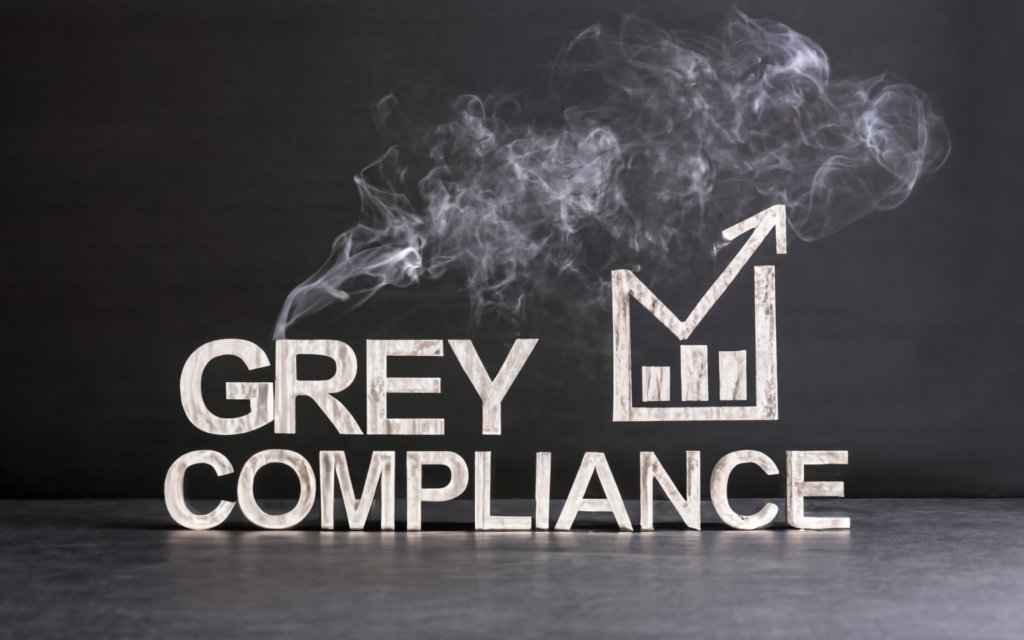
Sending Email Newsletters Legally
Email newsletters are powerful marketing tools, but must be deployed carefully to comply with anti-spam laws. Here are the key regulations around proper newsletter formatting and deployment.
CAN-SPAM Act Requirements in the US
In the United States, the CAN-SPAM Act outlines specific rules for sending commercial newsletter emails:
Use Accurate Header Information
Your “From” name, subject line, and reply-to address should accurately identify the sender. Using false or misleading headers to disguise your identity violates CAN-SPAM.
Identify the Email as an Ad
You must disclose that the message is an advertisement in a way that’s “clear and conspicuous” to the recipient. Common methods are:
- Using “[Company] Marketing” or “[Company] Promotions” as the sender name.
- Starting the subject line with “AD:” or “Promo:”.
- Including the word “Advertisement” or “Marketing Message” in the email footer.
Include a Valid Physical Mailing Address
Your company’s current street address or P.O. box must be included somewhere in the message body.
Honor Opt-Out Requests
All messages must have a clear opt-out or unsubscribe mechanism, and requests must be honored within 10 business days.
Violating any of these core requirements of CAN-SPAM can result in FCC fines up to $46,517 per incident.
EU Regulations for Newsletters
In addition to GDPR consent requirements, the EU’s ePrivacy Directive sets specific rules for electronic direct marketing like newsletters:
Identify the Type of Email Clearly
Your message must unambiguously identify its promotional or commercial nature early in the content. Subject lines like “New Products Available!” or “Holiday Shopping Deals” would convey the nature sufficiently.
Use an Accurate Sender Name
The name or business sending the email must be clear – you cannot disguise or spoof your identity. Using your brand name or business name rather than an individual’s name is recommended.
Include a Physical Address
As with CAN-SPAM, a valid physical postal address where you can be reached must be provided in the email content.
Follow General Anti-Spam Guidelines
All EU countries implement anti-spam laws prohibiting false or deceptive content in emails. Follow best practices around honest messaging.
Allow Recipients to Withdraw Consent
Per GDPR requirements, you must offer an opt-out or unsubscribe mechanism and honor requests promptly.
Newsletters that don’t comply with these rules may face fines of up €20 million or 4% of annual global revenue under the GDPR and ePrivacy Directive, in addition to other sanctions.
Inform Users of the “Commercial” Nature
Regardless of legal requirements, you should ensure your newsletters are not perceived as deceptive. Tactics to transparently convey their advertising nature include:
- Using your brand name prominently as the sender.
- Beginning the subject with “Promo:” or “Advertisement” or similar text.
- Adding a tagline in the footer like “You are receiving this commercial newsletter from [Company] as a subscriber.”
Being transparent that your aim is promotion builds trust and avoids confusing readers.
Include a Valid Postal Address
Nearly all anti-spam laws worldwide require you include a physical “street” address or P.O. box owned by your business in the email content itself:
- For a street address, use your company’s real office location.
- For a P.O. box, research mailbox providers that offer business services. Avoid consumer post office boxes.
- Including the address in the email footer is common.
Providing a postal address meets regulations and also reassures subscribers that you are a legitimate business.
Personalize Properly
Improper personalization can also cause spam trigger filters. Recommendations:
- Only use first name personalization with confirmed subscribers who gave permission. Avoid more familiar terms like “Hey [First Name]” with bought or rented lists.
- Avoid subject lines withRecipients’ email or names embedded like “Special coupons for [email@domain]!” as this looks suspicious.
- Use segmentation and templates to tailor content to interests when possible, rather than unsafe personalization.
Follow Anti-Spam Laws Globally
Due to differing local regulations, a best practice is adhering to the strictest anti-spam rules globally:
- Obtain clear opt-in consent and document carefully, even if not legally required in your region.
- Allow unsubscription and consent withdrawal to all recipients.
- Include sender identity, commercial disclosures, and physical address in all messages.
- Avoid attempts to disguise marketing messages as personal emails.
This ensures your messaging and compliance practices adhere to strict European regulations and avoid issues as other countries evolve to match GDPR-level standards.
In summary, regulations worldwide dictate specific rules around transparency, truthful content, and consent requirements for email newsletters. But following general ethical email best practices globally can help ensure your marketing efforts comply with both the letter and spirit of anti-spam laws everywhere.
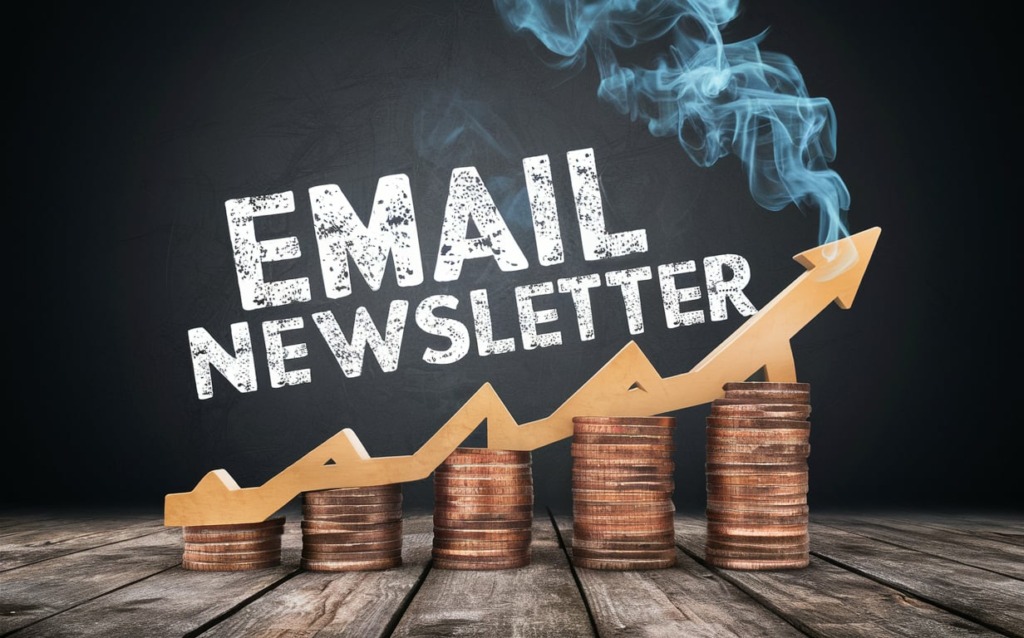
Using Proper Tools and Services
Leveraging the right email marketing and compliance tools can greatly simplify adhering to complex regulations around list building, messaging, and data privacy.
Compliance Features in Email Services
Full-featured email service providers offer built-in capabilities to support compliance:
List Management
Reputable ESPs like Mailchimp](http://mailchimp.com) and [Constant Contact make it easy to securely build email lists with opt-in widgets, and automatically honor unsubscribe requests.
Consent Tracking
Services like Omnisend allow you to tag subscribers with consent details like opt-in source and preferences. This facilitates compliance reporting.
Subscriber Auditing
Audit logs showing subscriber opt-in consent records are key compliance proof points provided by tools like SparkPost.
Policy and Preference Management
Managing subscriber communication preferences as required by law is supported in tools like SendGrid.
Spam Testing and Monitoring
Preview spam test tools and monitor spam complaints and opt-outs with services like Mailjet to identify issues.
Deliverability Management
Proactive deliverability monitoring and blacklist monitoring services protect sender reputation.
Bottom line, advanced email services provide the list management, compliance tracking, and analytics capabilities needed to properly build an email list and coordinate campaigns within the law.
Consent Management Platforms
Dedicated consent management systems like OneTrust streamline collecting and documenting GDPR and CCPA consent:
- Provide customized, configurable consent forms to integrate with websites.
- Capture granular consent details like categories, preferences, timestamps, etc.
- Generate consent reports showing proof of permissions as needed for auditing.
- Automatically honor opt-out requests across integrated marketing systems.
- Support creating verifiable consent trails across channels like email, mobile, and social media marketing.
Consent tools provide the structured data collection and reporting compliance demands.
Professional Deliverability Services
Proper email deliverability practices optimize inbox placement and avoid issues like blacklisting:
List Quality Monitoring
Services like 250ok analyze list and campaign metrics to identify potential deliverability risks.
Inbox Placement Testing
Tools like Mail-Tester assess inbox and spam filtering across major ISPs for your sending domain and infrastructure.
ISP Relationship Management
Established deliverability companies maintain positive sender relationships with ISPs to resolve problems.
Blacklist Monitoring
Multi-blacklist monitoring services like Mxtoolbox provide alerts if blacklisted.
Email Authentication
DKIM and SPF email security protocols verify your infrastructure and mitigate spam risks.
Investing in proper email deliverability management demonstrates commitment to compliant, low-risk messaging crucial for legal email marketing.
In summary, employing the right tools and services purpose-built for compliant email marketing removes much of the technical and operational burden of adhering to complex regulations, letting you focus on creating great campaigns.
Creating Compliant Signup Forms
Your website signup forms are key to building an email list legally. Here are examples and best practices for crafting opt-in forms that adhere to strict regulations.
Examples of GDPR-Compliant Forms
GDPR and other global data privacy laws require that consent be obtained through unambiguous opt-in mechanisms. Some examples:
Checkbox Signup
A simple checkbox allows visitors to actively opt-in to marketing emails:
!GDPR Checkbox Example
Key elements:
- Consent copy explains the types of email the box applies to.
- Unticked by default – users must take deliberate action to opt in.
- Separate from other options like creating an account.
Confirmation Button
A confirmation button makes the opt-in very obvious:
!GDPR Confirmation Button Example
Key attributes:
- Affirmative click clearly signs user up.
- Specific explanation of what list signup entails.
- Visually distinct from rest of page.
Contextual Consent Request
Asking for consent contextually where most relevant to the user:
!Contextual Consent Form Example
Benefits:
- Users can opt-in directly after enjoying your content/service.
- situational placement often yields higher opt-in rates.
- Can be supplemented with additional subscription options.
Double Opt-In Best Practices
Though not strictly required by law, “double opt-in” provides further proof of consent:
- After submitting an opt-in form, users receive a confirmation email.
- Clicking a link in the email definitively confirms and activates their subscription.
- Better indicates an intentional signup less likely to lead to complaints.
- Confirms the email address itself is valid.
Double opt-in is recommended but not mandatory. The key is documenting clear, direct, GDPR-compliant permission.
Tools to Simplify Compliance
Specialty solutions streamline building compliant forms:
- Leadpages – Landing page + opt-in form templates.
- JotForm – Custom form builder with GDPR features.
- Wufoo – Form creator with data collection consent options.
- Mailchimp – Opt-in features for list building.
- ConvertKit – Email marketing + landing page builder.
- Blogcast – Opt-in widget for blogs.
Proper tools enable creating the active, unambiguous opt-in mechanisms required for legal compliance. Investing in the right signup forms is a primary requirement for ethical, effective email marketing.
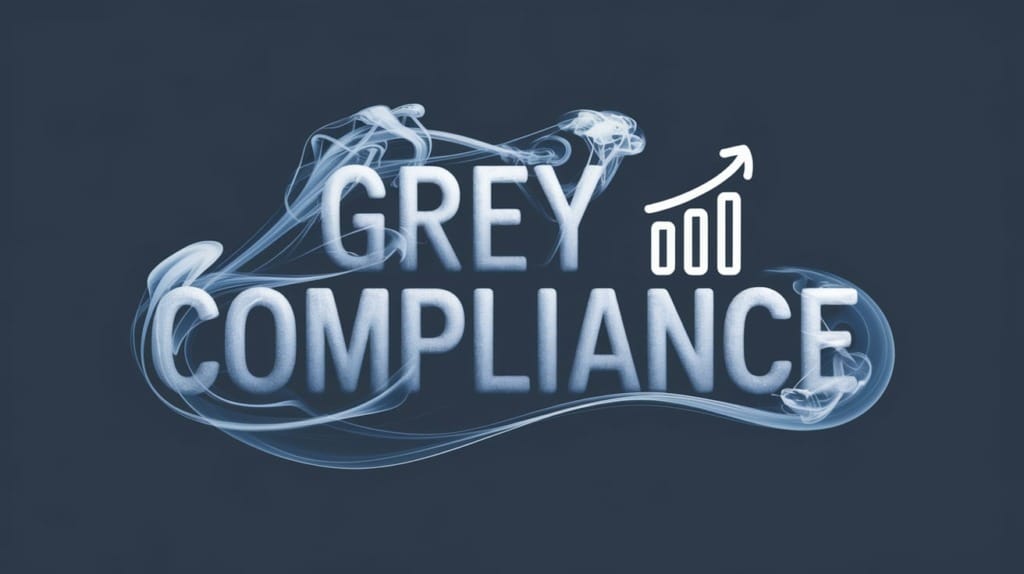
Maintaining Compliance After List Building
Compliance is an ongoing process even after initially building your email list. Maintaining compliance requires vigilance as regulations evolve.
Re-Permissioning Your List
If you compiled any portion of your list without clear opt-in consent or have legacy contacts of uncertain origin, re-permissioning is advised:
Audit List Origins
Scrutinize how and when each contact was acquired and flag any questionable sources like:
- Imported leads without documentation of origin/consent.
- Purchased or rented lists.
- Subscribers gleaned from purchased businesses.
- Emails from past giveaways or events with unclear opt-in processes.
Segment Dated Subscribers
Split out legacy subscribers who have been inactive for extended periods, as their original consent may be outdated or invalid.
Notify Subscribers
Email legacy subscribers asking them to re-confirm subscription, providing an opt-in mechanism like a checkbox. Be transparent some were added under old standards.
Remove Non-Responders
Give a limited time period for re-confirmation like 2 weeks, after which non-responders should be deleted from your list.
Update Privacy Policy
Disclose the re-permissioning process in your privacy policy transparency section.
While tedious, re-permissioning older lists is the only way to ensure truly compliant first-party subscriber data.
Periodic Audit of Compliance Practices
Schedule regular internal reviews of processes to identify potential compliance gaps before they become issues:
Privacy Policy Audit
Verify your policy still accurately discloses all email marketing data practices, third parties, and compliance details.
Consent Process Review
Critically evaluate signup workflows to confirm compliant opt-in consent is documented properly at all touchpoints.
Source Audit
Sample subscriber source data like form names, imported lists, etc. to ensure all can be traced back to legal origins.
Unsubscribe Testing
Test unsubscribe flows across email clients to confirm ease of use and speed of removal.
Service Assessment
Review the features and compliance capabilities of email services, consent tools, and other vendors involved.
Deliverability Checkup
Examine sender reputation and blacklist status to identify any potential compliance-impacting issues.
Regular self-assessments ensure you catch problems early before they trigger regulators or lawsuits. Consider making audits a quarterly or bi-annual routine.
Ongoing Consent Management
Managing user communication preferences and consent in compliance with the law is a continuous process:
- Maintain strict internal protocols for honoring unsubscribe requests from all channels in a timely manner.
- Allow users access to any stored consent records you maintain and the ability to withdraw consent.
- Periodically re-confirmmarketing preferences andconsent legitimacy with users who have been on your list for extended periods.
- Update privacy policy anytime you change data practices and notify subscribers.
- Track individual user consent details, transparency documents, preference updates, and opt-out requests in a centralized database.
- Automate reporting on subscriber consent validity, marketing permissions, and compliance data.
Proactive consent management demonstrates respect for subscriber rights and reduces compliance risk.
Staying Updated on Regulations
Email laws and regulations are frequently amended and reinterpreted:
- Bookmark FCC.gov](https://www.fcc.gov/general/can-spam-act-compliance-guide-business) and [ICO.org for changes to CAN-SPAM and PECR.
- Follow GDPR news sites to track European Union policy updates.
- For US state laws, monitor state attorney general and consumer protection office pages.
- Learn about upcoming laws like CCPA 2.0](https://www.oag.ca.gov/privacy/ccpa) and [VCDPA that indicate trends.
- Research relevant legal cases like this GDPR lawsuit against H&M.
- Hire a qualified attorney to summarize legislation changes annually.
Routine research ensures you don’t miss important developments as email marketing regulations expand globally.
In summary, dedicating resources to ongoing auditing, preference management, and education is crucial to compliant email marketing as regulatory complexity increases worldwide.

Key Takeaways
Email marketing remains one of the most effective digital marketing channels, but also one of the most legally complex. By following core best practices around compliance, any business can avoid grey areas and utilize email effectively:
- Understand exactly what constitutes grey compliance spam versus regular promotional email.
- Research all applicable laws thoroughly based on your location and subscriber demographics. Key regulations include CAN-SPAM, GDPR, CCPA, and PECR.
- Obtain clear opt-in consent from all subscribers where required before adding them to your mailing list. Never presume consent or rely on shady list sources.
- Follow all guidelines for proper formatting, physical addresses, opt-outs, and transparency in your email newsletter content.
- Employ purpose-built tools for consent management, deliverability assurance, and compliance documentation at each stage.
- Maintain strict compliance even after initial list building by re-permissioning subscribers, auditing periodically, honoring opt-outs, and staying current on changes to regulations.
While complex, full compliance removes legal liabilities and is ultimately rewarded by subscribers and ISPs with engagement, trust, and inbox placement. Dedicating resources to building your email marketing program the right way from the start ensures you maximize results and avoid issues.
Frequently Asked Questions
Q: Does my small business really need to worry about complex email laws?
Yes – regulations like CAN-SPAM and GDPR apply equally to businesses of any size. Fines and lawsuits are based on infractions, not company size.
Q: Are one-time promotional emails subject to the same rules as newsletters?
Generally yes – any commercial email message must comply with core standards around consent, identification, and opt-outs. Exceptions apply to purely transactional emails.
Q: Can I email my customer list about related products without getting new consent?
You may market directly related offers under ‘soft opt-in’ rules in some regions if you properly disclosed this in your privacy policy at time of collection. Always allow unsubscription regardless.
Q: Is it OK to use email addresses from business cards people give me without asking?
No – business cards do not equal consent. You still need some kind of clear permission like a signed checkbox to comply with the most stringent regulations.
Q: If I outsource email delivery, who is liable if rules are broken?
You are – as the data controller, you are ultimately legally responsible for all email marketing done on behalf of your brand, even by agencies, ESPs, etc.
Q: How do I know if my email practices are compliant?
Perform periodic audits, reviewing consent records, sources, privacy policy disclosures, and other documentation. Hire a qualified attorney to assess any concerns.
Q: What should I do if I discover my list was built improperly?
Notify users, seek re-permission, document thoroughly, discard non-responders, and update privacy policy details. Self-reporting problems can reduce penalties.
Q: How often do I need to audit and re-permission subscribers?
Annually or bi-annually is ideal, depending on your email volume and list growth rate. Re-permission subscribers who have been inactive for 2+ years.

